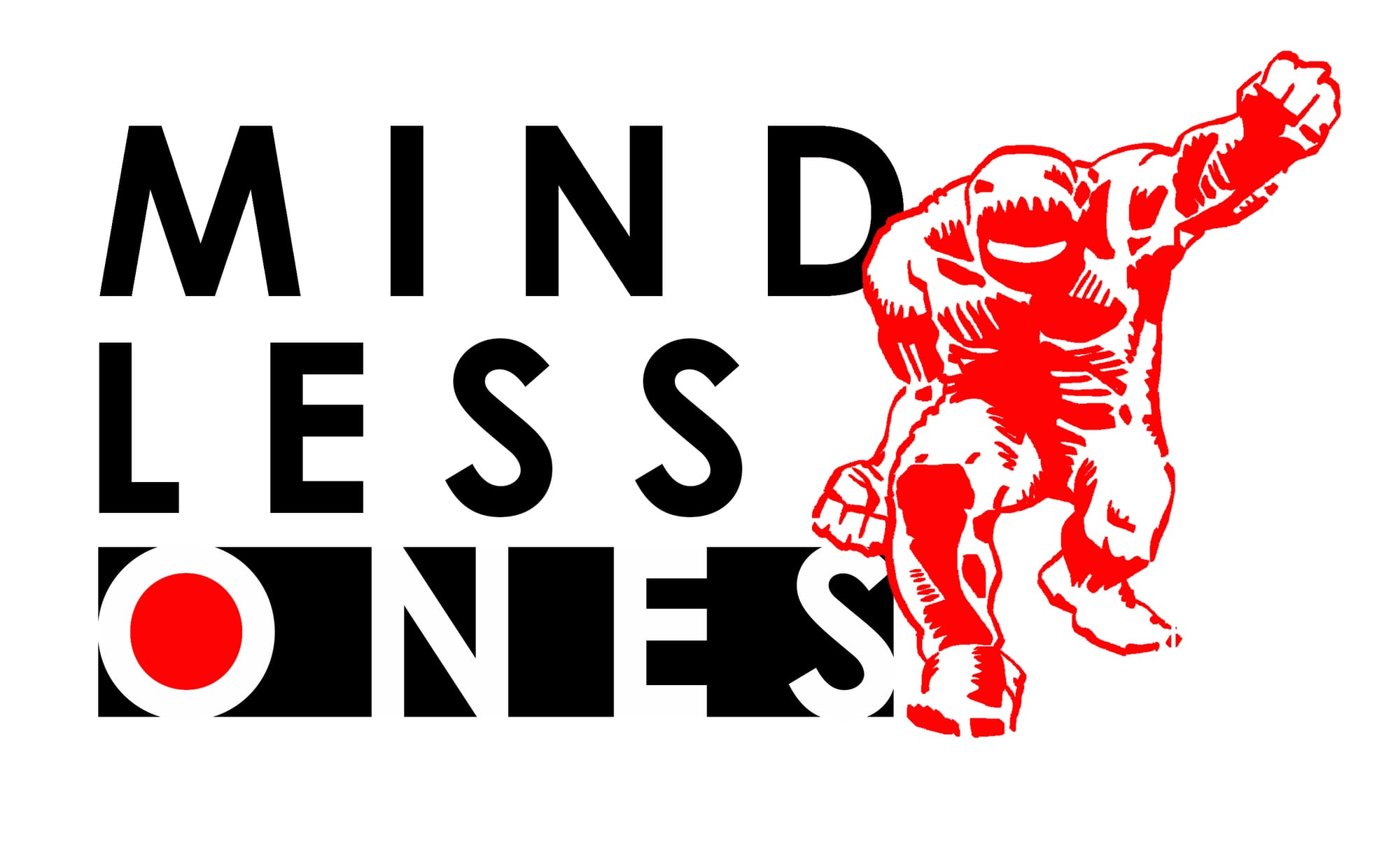I'll take the wine with the gravy
Van vs The Man. TVD4: Ash vs Evil Dead. ABHBC5: The Beezer. Haunted: Thing Four. King's Cross Underground. Truth is my brother. Gluten or fluoxetine reaction. St. Magnus, Andrew and the Embassies.
ITEM
VAN VS THE MAN
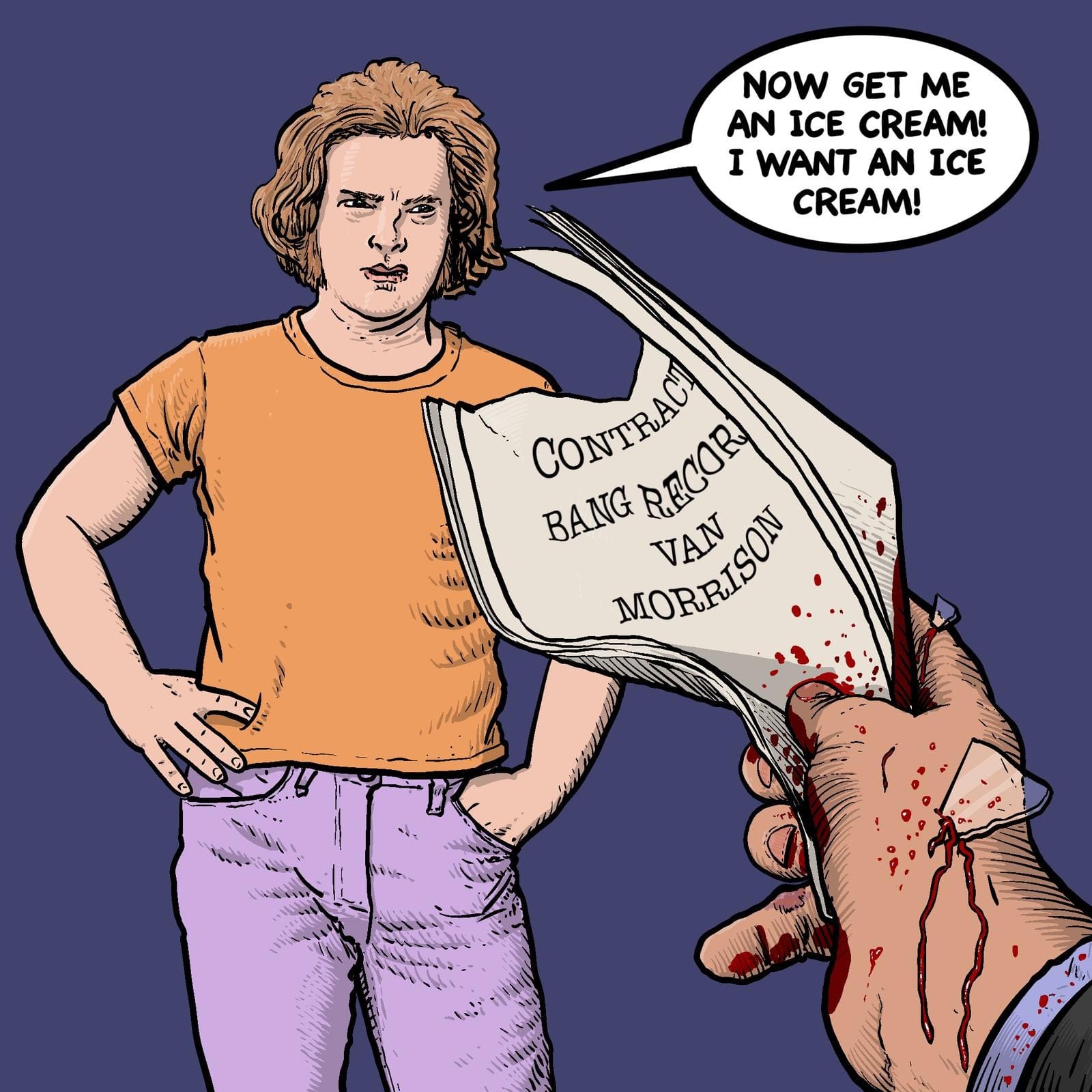
When Van Morrison signed with Bert Berns' BANG Records, it should have been obvious that things were not going to go well.
Morrison is legendarily grumpy and precious about his own work, and was already feeling bitten by the music industry -- he'd just given up all his royalties for all his records with his old group Them just to get out of what he saw as a bad contract, and to get creative control over his work. Bert Berns, on the other hand, was someone who didn't care about artistry as much as just making a hit, and his previous big star, Neil Diamond, was in hiding and had bought a gun in response to threats to his life from Berns' gangster associates after he tried to leave the label.
Morrison, however, didn't let a little thing like the Mob stop him from making demands -- he added clauses to the contract to say that the label had to actually release the records he made for them, and that they couldn't use the name of his old group anywhere in their promotion.
The stress from the two of them working together led Berns' widow to blame Morrison for Berns' fatal heart attack, shortly after the two had a screaming row. Morrison's business manager, an associate of Berns, at one point smashed a guitar over Morrison's head and later just regretted that he'd broken a good guitar. Berns' widow tried to have Morrison deported.
To get out of his contract, Morrison eventually went into a studio and recorded thirty-one one-minute "songs" -- classics like "Here Comes Dumb George", "Dum-Dum George", "You Say France and I'll Whistle" and "Want a Danish". Those songs remain in print to this day.
ITEM
The Vile Dead 4: Ash vs Evil Dead (Craig DiGregorio, Bruce Campbell, 2015 - 2018)
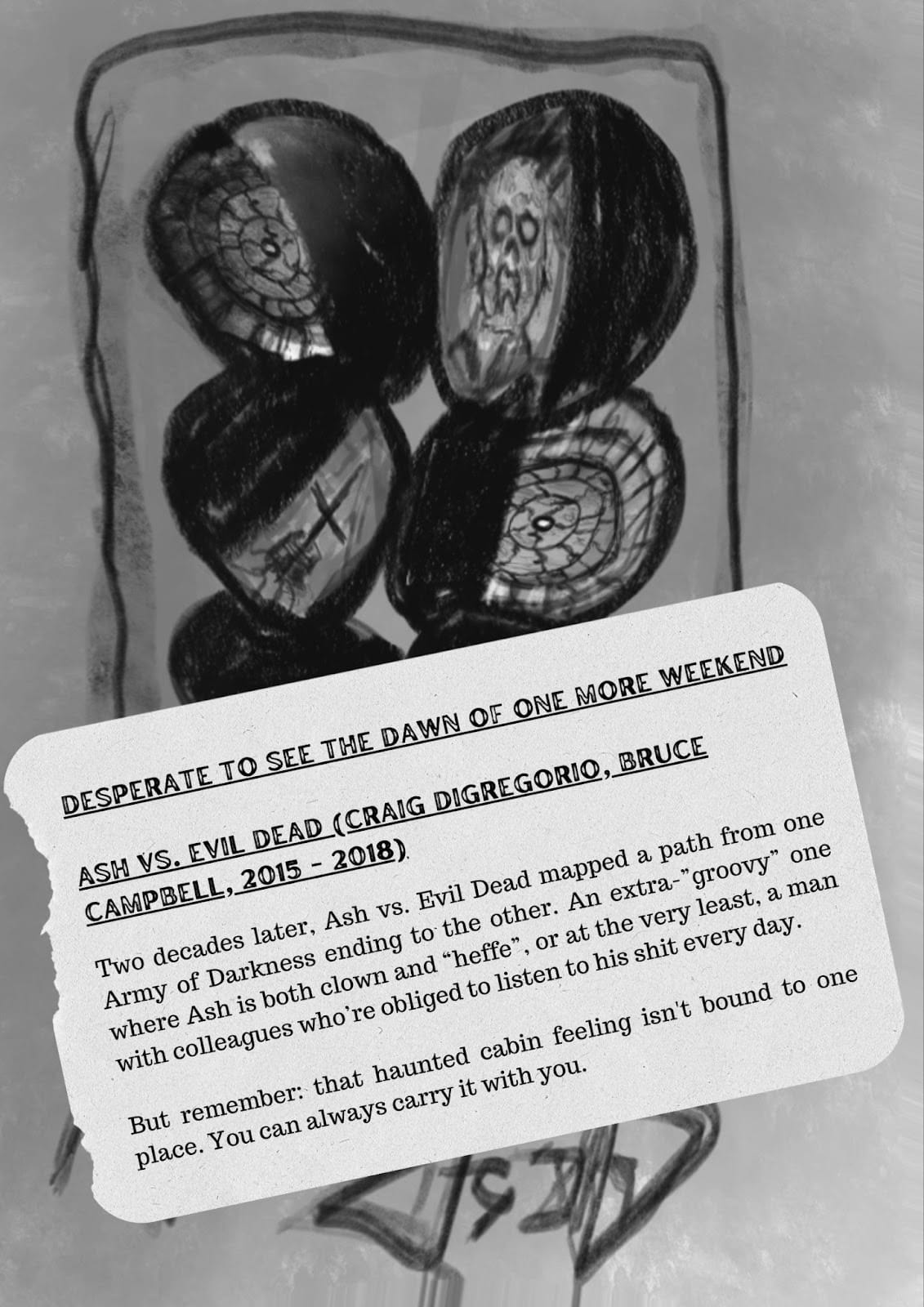
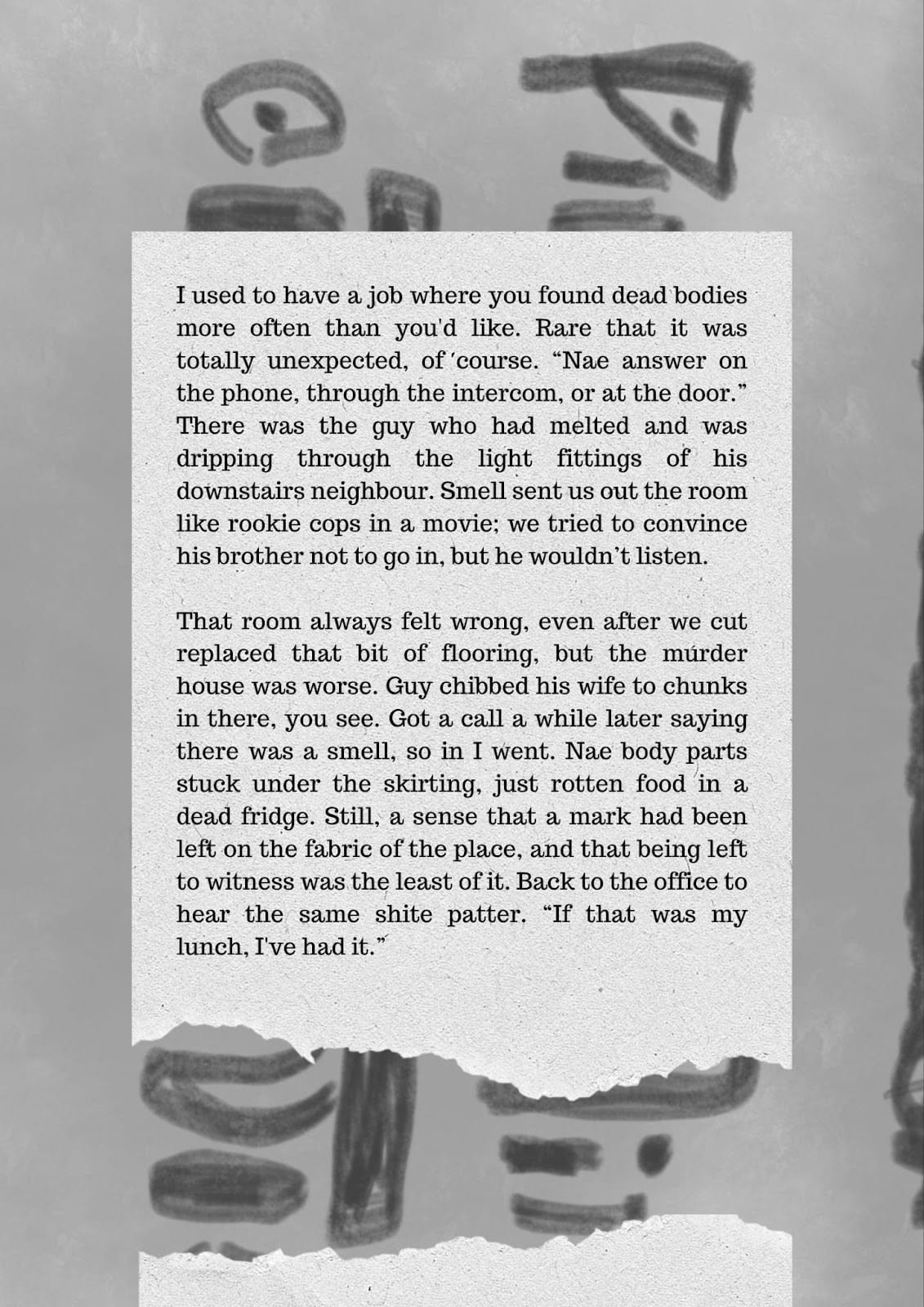
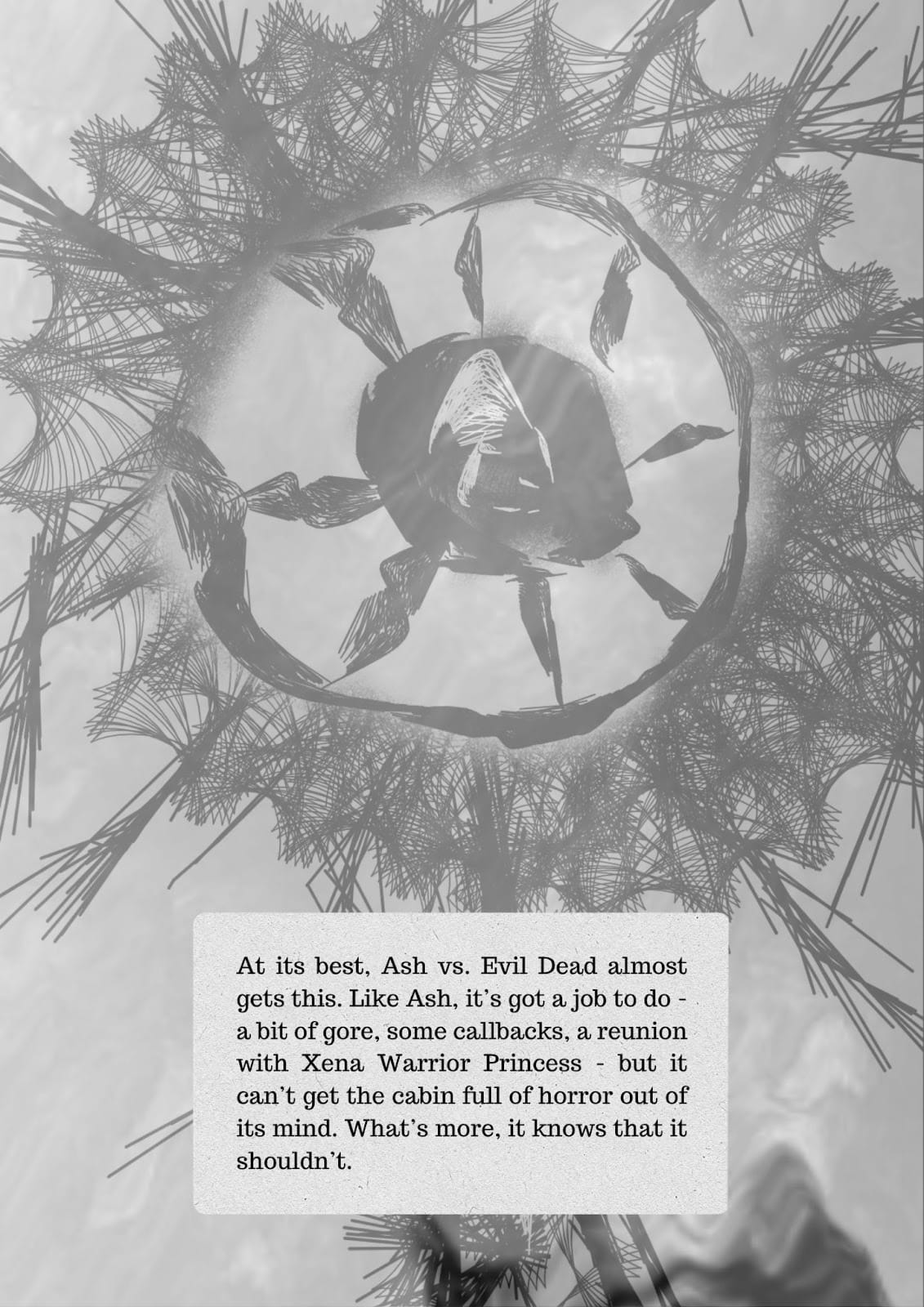
ITEM
A Brief History of British Comics
5: THE BEEZER
- Publisher: D.C. Thompson & Co. Ltd
- January 1956 - August 1993
- 1,809 issues
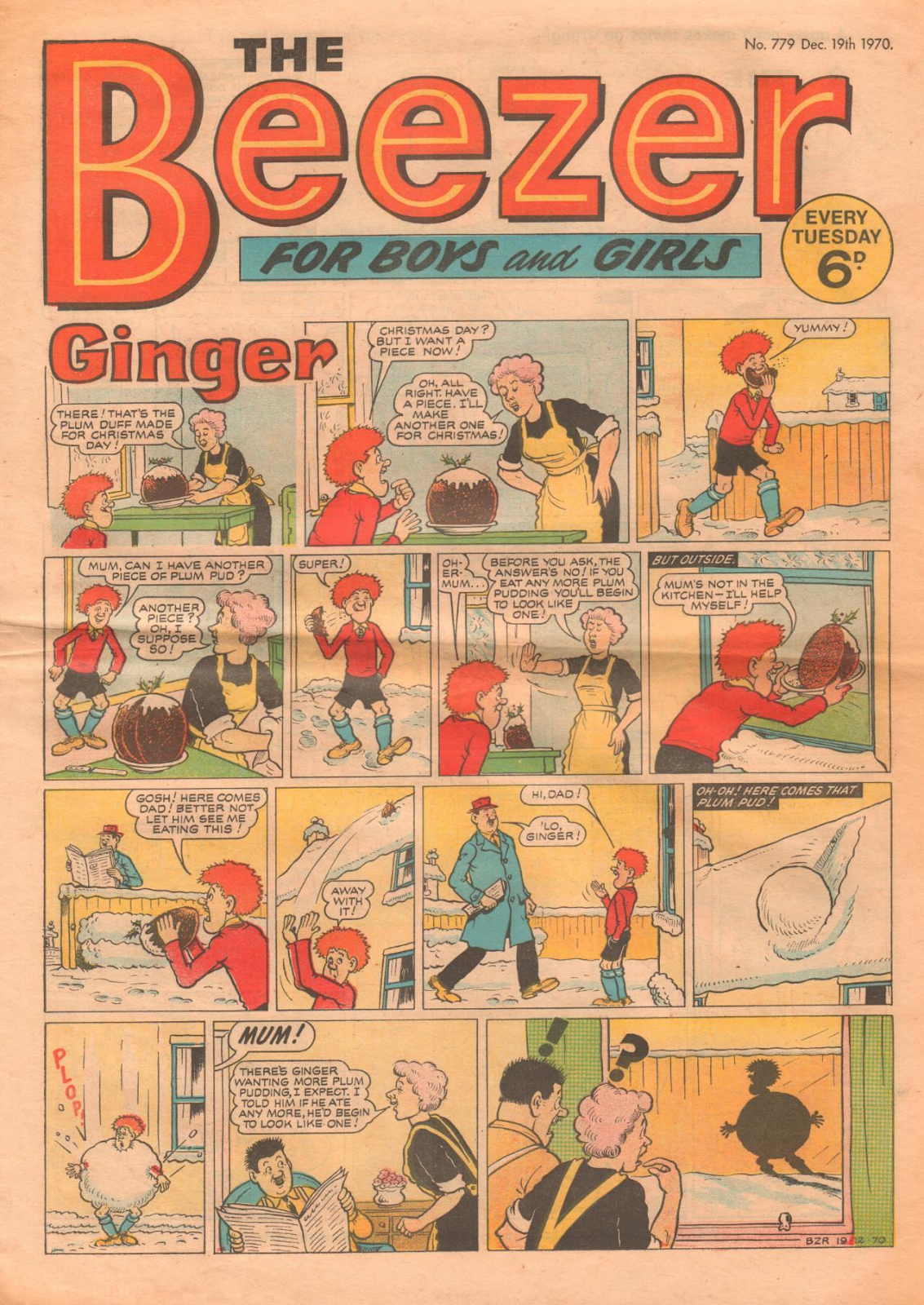
Disappointment is a core existential aspect of being young, being British, and being a comic fan.
Within disappointment there is always a seed of hope. The prospect that things can improve. That next time, it will be better. The bittersweet tang of disappointment sharpens the sensation of pleasure when life finally goes your way. It’s essential to grow as a human. In an age of endless availability it is important to hold onto, to cherish, disappointment. To share it with future generations.
No child was ever happy to be given a copy of The Beezer.
It hummed with ennui, vibrated with despondence. No-one anywhere, ever, demanded a Beezer above anything else. Copies were to be found at jumble sales, in dentist’s waiting rooms, on the bottom of hamster cages. Nanna’s would unwittingly spoil children’s days by gifting them a Beezer when there was literally any other comic on the shelves of the local newsagent. Heaven help us, even Topper was preferable.
Despite the historical involvement of creative titans such as Dudley Watkins, and Leo Baxendale, Beezer remained relentlessly, aggressively, mediocre.
Why read ‘Ginger’ when ‘Dennis the Menace’ or ‘Shiner’ were leering over the playground walls? ‘The Munchers’, ‘Beefy Dan the Fast-Food Man’, ‘Hugh’s Zoo’, ‘Mr Licko and his Lollipops’? They all seemed like renegade escapees from a shitty parallel earth; bad third-generation photocopies of other, better characters.
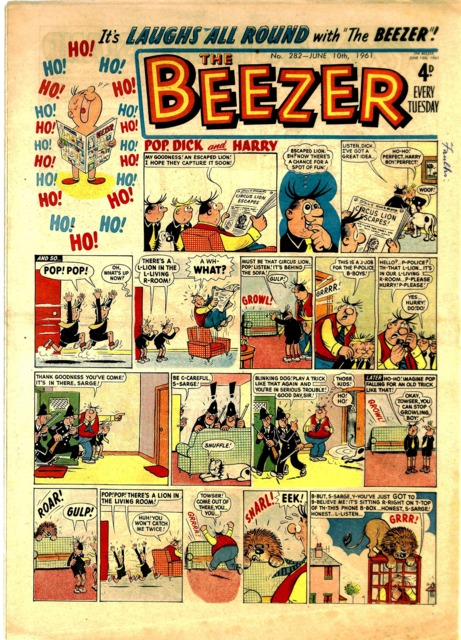
Copies of the Beezer could be brand new but still felt smudged, grubby and old. Begging to be filled with a portion of greasy chips, sodden with budgie piss, or used to decorate the walls of a pub toilet.
The inevitable incorporation into other comics only served to infect them with Beezer’s mediocrity, until the antibodies could finally expel the virus.
God loves a trier.
Except for the Beezer. God hates The Beezer.
ITEM
Haunted: Thing Four

This is the last Thing I am prepared to talk about.
Early 2000s and I’m moving into the flat above the recently hipsterised pub I work in after my last house share went bad. My bed is inherited, a mattress on a pallet. My wardrobe and bookshelves are tea crates scavved from the market. It is a room in which I will be very lonely and spend a lot of time rooting through ashtrays to get enough to re-roll. But I don’t know that yet.
I’m completely straight. Just a rollie, surveying the mess of my possessions.
A woman walks into the room and stands there looking at me. There is no one there. I can’t see anyone. But I know that a woman has walked into the room and is looking at me. Things feel fuzzy and remote. I don’t know what to do but I figure I’m the intruder so I introduce myself. Tell her I like the place and I’m looking forward to living there. There is a moment and then she leaves.
A decade later doing some research for a project I never finish I discover she’s known. A landlady from the turn of the last century. She has a name. And a history of violent disturbance.
I was back last year. Proustian rush of the smell of the downstairs bogs. It’s possible I was the last person to mop the toilet. Brighton fashions have cycled and the girls behind the bar are dressed like Anna and Amanda. The current manager has the same first name as me. They are bemused that I used to live upstairs.
‘There’s just junk up there now’.
‘Some of it’s probably mine.’
He looks me directly in the eyes and holds it. It's uncomfortable on so short an acquaintance.
‘We won’t go up there.’ He says.
I don’t ask. I should but I don’t.
‘Probably for the best.’
He nods.
ITEM
King’s Cross Underground
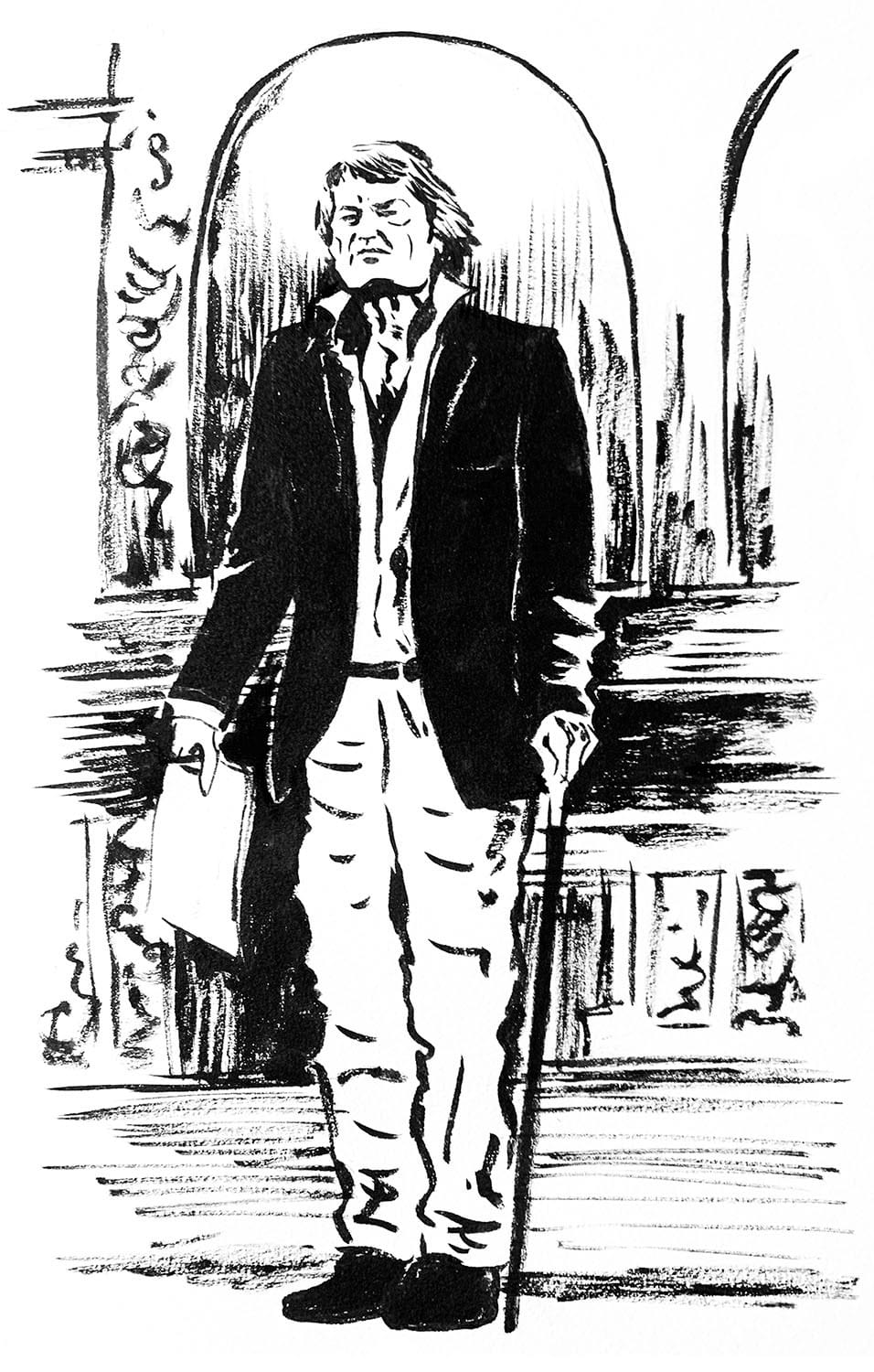
This week I went to see a talk by the poet Aidan Andrew Dun. I was dimly aware of Dun from a chapter in Iain Sinclair’s 1997 book Lights Out for the Territory, about Dun’s epic poem, Vale Royal. The premise of Vale Royal, and Dun’s work generally, as I understand it, is that unlovely King’s Cross, and more specifically St Pancras Old Church, is Britain’s (and possibly the world’s) secret spiritual centre.
Dun appears like a rumpled bohemian, Cliff Richard’s Heathcliff as played by Daniel Day Lewis. He wears a Madonna mic and exhales in alarming, yogic sighs. Saint Pancras, we learn, was a child martyr, and there is something Peter Pan-like about Dun, still handsome in his (I’m guessing?) early 70s. He mentions his youth in the West Indies, and that he was ‘inducted into the mysteries of King’s Cross’ on the cold floorboards of a squat in 1972.
Blake is inevitably corralled into this scheme, the ‘golden quatrain’ that begins ‘The fields from Islington to Marybone / To Primrose Hill and St John’s Wood…’ supposedly a map reference for King’s Cross as ground zero of Albion’s renewal.
Dun appears to have been chummy with those behind the King’s Cross redevelopment. It’s curious that his consciously counter-cultural vision should align itself with bland corporatism. He’s worried about the vested corporate interests behind AI but thinks that having Google and Meta in King’s Cross can only be a good thing for its development.
Earlier on, he tells us that from King’s Cross will emanate a wave of love and ‘higher consciousness’ that will make the 60s look like a damp squib. It’s glorious hippy shit, but my bullshit detector’s ringing, and I could do with more poetry and less prognostication. (He didn’t have Vale Royal for sale after the gig, but obviously I’ve ordered a copy.)
ITEM
Just one þing
Tell just one person that you liked this newsletter. Word of mouth, more than any other form of promotion, is how creative works get noticed and sustain themselves. Thank you for reading.
ITEM
Truth is my brother
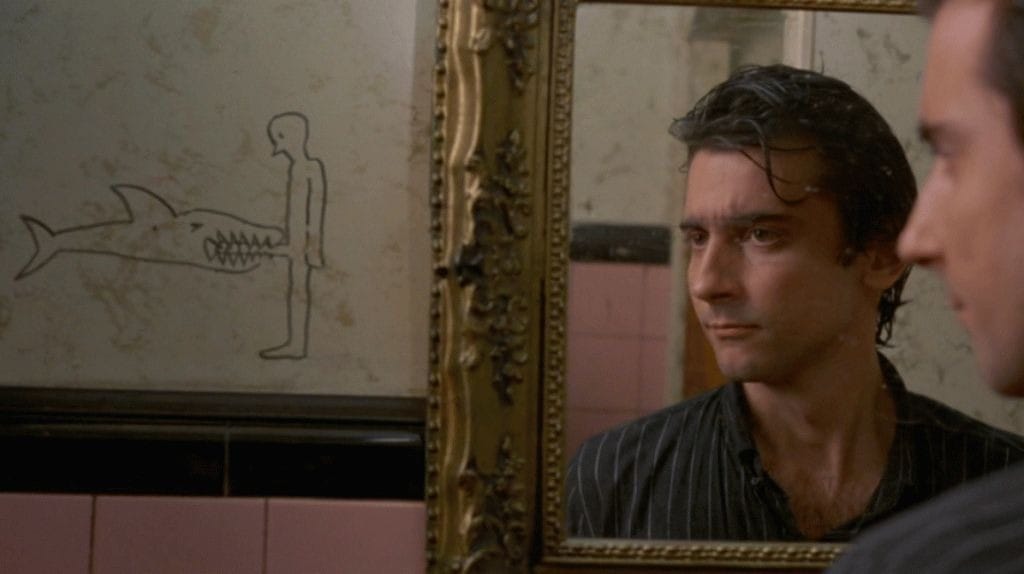
I dunno, maybe it’s about coke, my brother says, pissing me off as we walk up Upper Street after a late-night showing in Angel - because that’s the kind of thing I’m meant to say.
All that plaster of Paris, I counter, hinting that I’d cracked After Hours long ago.
His coke metaphor fits the film’s jittery energy, where everyone the lead meets on the way home from a deranged New York midnight date seems caught between helping and taking him down. Most of them join an angry mob intent on lynching him, but he escapes disguised as a plaster sculpture.
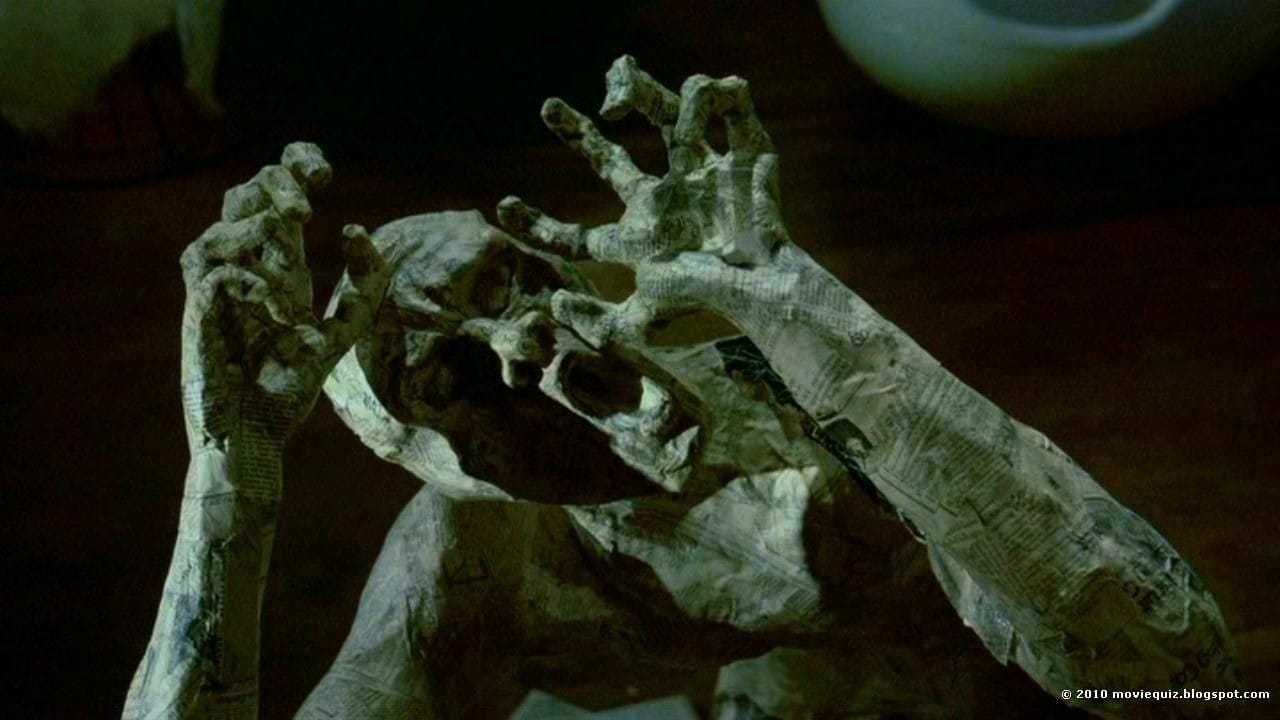
It fits the surreal, time-warped flow and the ending too - struggled over by Scorsese and finally suggested by Michael Powell - where our hero, still buzzing but covered in ‘plaster dust,’ winds up back at his desk as the midweek workday begins. Sorted.
Truth is, my brother, a strictly Coke-comes in-cans-kinda guy, has always nailed offbeat readings. Like when he said The Executor - that huge, elegant, battle cruiser in The Empire Strikes Back - was made of concrete, not steel or whatever spaceships are made of.
He said that in 1980, aged twelve. A year later, a Portland Cement Association study found concrete could work structurally for orbiting space stations, especially if made from lunar materials. So bro has form.
As we near the tube - everyone pissed, some coked-up, plastered! - I ask if he’s seen Mad Men. I explain it’s basically Superman. For adults: Don Draper’s alliterative name, hidden identity, media job, a handsome stranger in a suit whose superpower is seduction. The titles show him falling – flying - through Manhattan’s canyons. I mean-
Weird name right?, my brother interjects. Sounds like Don’t rape her.
Yeah OK, I snap, I was just coming to that?!
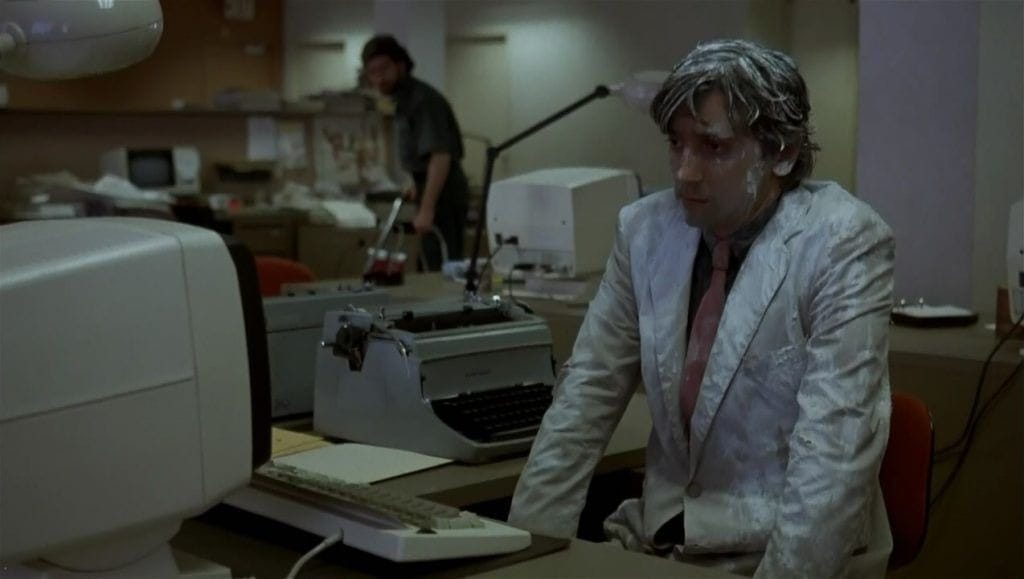
ITEM
SORRY I’M LATE I GOT DISTRACTED LOOKING AT MY FAV’S TIKTOK; MOREOVER I HAVE A WEIRD RASH THAT IS EITHER A GLUTEN OR FLUOXETINE REACTION
"That's another thing we've learned from your Nation," said Mein Herr, "map-making. But we've carried it much further than you. What do you consider the largest map that would be really useful?"
"About six inches to the mile."
"Only six inches!" exclaimed Mein Herr. "We very soon got to six yards to the mile. Then we tried a hundred yards to the mile. And then came the grandest idea of all! We actually made a map of the country, on the scale of a mile to the mile!"
"Have you used it much?" I enquired.
"It has never been spread out, yet," said Mein Herr: "the farmers objected: they said it would cover the whole country, and shut out the sunlight! So we now use the country itself, as its own map, and I assure you it does nearly as well."
from Lewis Carroll, Sylvie and Bruno Concluded
THIS BUT IT’S REAL NOW
That the simulation is now leaking all over reality shouldn’t come as a terrible surprise to you but I think (& quickly because I know most of yous don’t care about) football is illustrative to the effect - the video referee diminishes any human interpretation of intent, it slows the game and decisions are even more endlessly relitigated than ever, it removes the elite level of the sport from grassroots entirely and makes it a different sport - part of what was amazing and essential to it I thought was that a Sunday league game was basically on pitch level the same as the World Cup final, and it no longer is and you see weird stupid penalties every week; it’s shite, honestly. Or you could read that chode Bruce Sterling talk about Object Oriented Ontology when he just means Google maps.
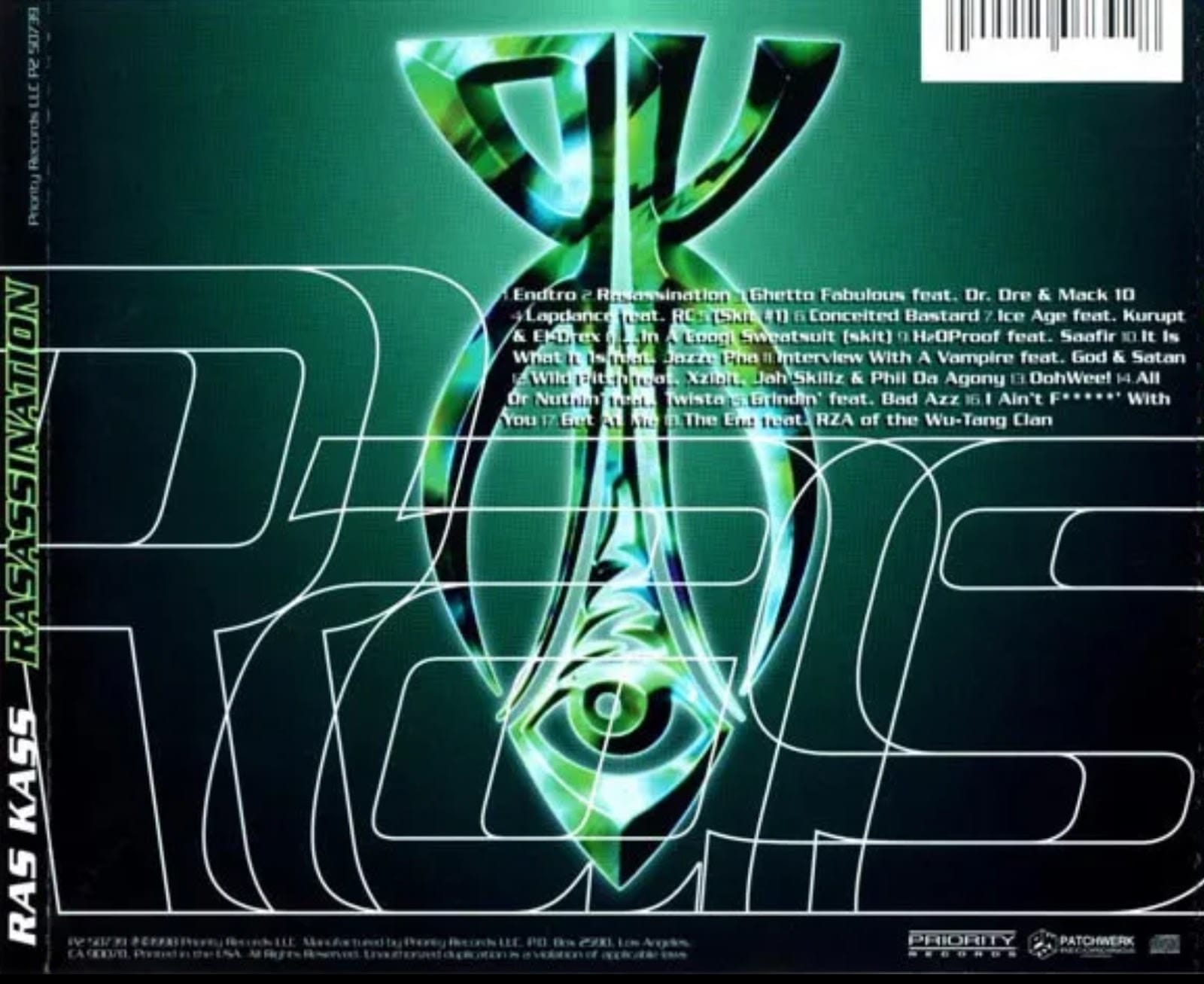
Phildickian pisces here keep walkin’ fella
The beast Mammon is here in digital form and it’s going to scoop you up, if only folks had paid better attention to Rasassination, Ras Kass’ 1998 sophomore album - but the beats was, frankly, too delicate in places, it was beside The Invisibles (hi Grant thanks for a lifetime of Riotous Readin’) a cultural preface that found head in The Matrix [1999]… that being said I had become obsessed ever since hearing about it with the Gen Z notion of aura, and most especially the farming thereof, which is basically framing life as an MMORPG [I only wish the overlay would give as many building climbing opportunities as games used to - very frustrating to go to Tuscany after playing Assassin’s Creed II and be able to climb precisely zero high buildings instead of thirty-seven] one of these games, RPG mechanics where you acquire points for — you aren’t even exactly sure, just being cool. Doing a stylish move. What makes it arcane is that Vietnamese boat kids are the best at it and have been for 400 years. It’s accessing the invisible flame that is literalised on an XP up cutscreen.
ITEM
St. Magnus, Andrew and the Embassies
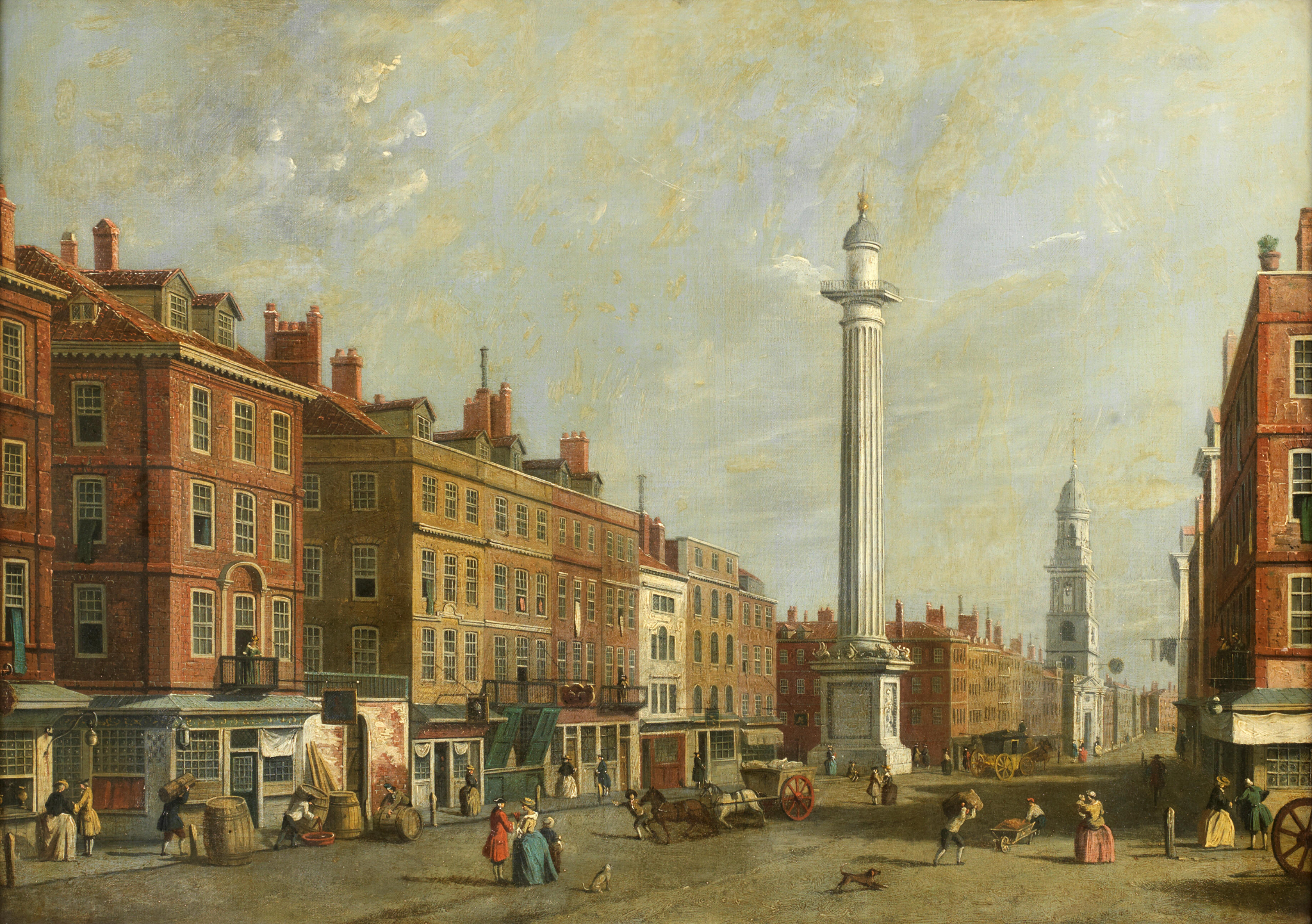
He’s one of their tricks they don’t tell you about, but it doesn’t matter any more. The story of Magnus Two-Skulls is dull Viking politics symbolising the pathetic tragedy of elite overproduction: royal son, not heir, whose failbound adventures ended with family betrayal and execution by a cook - a polite way of telling you what they did with the body.
His cult’s arch temple once stood at the end of the corpse road in, before they shifted London Bridge to the west. Balm and sanctuary to abandoned princes since Magnus entered Christian Valhalla, it was their first view of the City as they crossed to beg the liverymen for jubilee. The waterworkers’ companies worship there; Fishermen and Plumbers.
Their secret no longer matter because that formula stopped working. Change in mandate. Friday’s defenestratee remains so loathed and unaccountable that a satisfying picture of his disgraces won’t emerge in decades. So it cannot feel like a victory or justice. But the firm was powerless to save him.
The current has pushed the new legitimacy a little way downriver to the ancient plague pit at Eastminster, reviving the old stateholder’s inert shadow palace. Mid-collapse, the crown has no footing for a trade war. He’ll keep his mouth shut and spycraft hacienda will be built at the old royal mint, where they kept and struck the gold with their own faces. Compare this depth of Chinese statecraft to America’s, fooled by flying pigs under Trump I into siting their new London home, a spiked mace, outside the prehistoric city’s protection in the Battersea development.
Eventually, Windsor's party wasn’t holed by Epstein. It was the handover agreement with the next landlord’s representative, a transfer splashed on the front pages, whose adoration of falsehood always guarantees the serious gossip in England. Tatty St George’s for-sale stickers hung all over it, new owners agreed and inbound.
